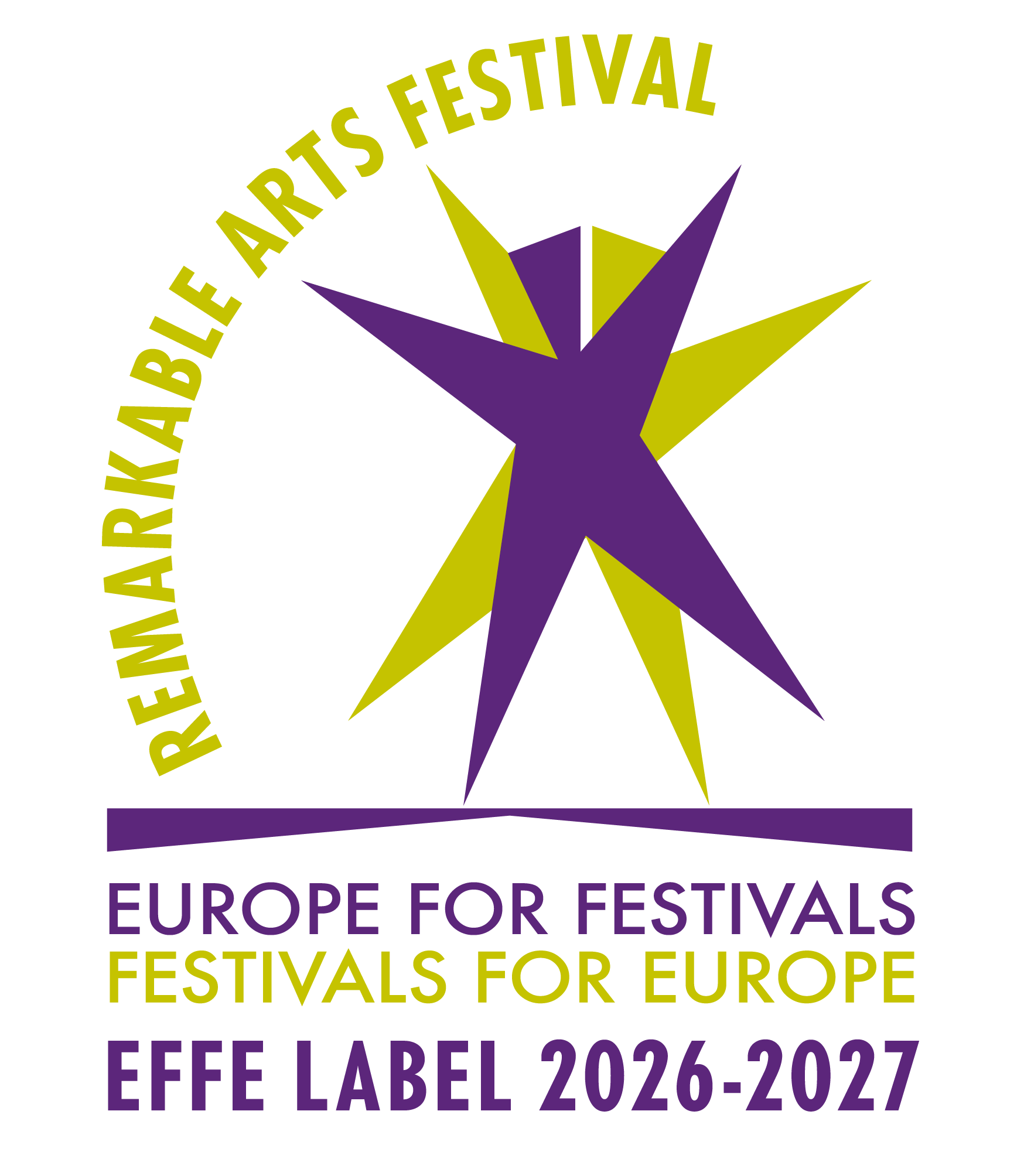- home
- festival
- festival 2025 – XXXII
- festival 2024 – XXXI
- festival 2023 – XXX
- festival 2022 – XXIX
- festival 2021 – XXVIII
- festival 2020 – XXVII
- festival 2019 – XXVI
- festival 2018 – XXV
- festival 2017 – XXIV
- festival 2016 – XXIII
- festival 2015 – XXII
- festival 2014 – XXI
- festival 2013 – XX
- festivals archive 1994 – 2012
- tickets
- foundation
- projects
- productions
- events
- news
- contacts
Roberta Racis and Fabio Novembrini
CORPI ELETTRICI in Bangalore
February 3, 2023 - February 10, 2023
Attakkalari Centre for Movement Arts Bengaluru | IN
As part of the CRISOL – creative processes 2022-24 project, the dancers and choreographers Roberta Racis and Fabio Novembrini of Collettivo Mine are in residency in India, at the Attakkalari Centre for Movement Arts in Bangalore, where they are creating a special version of the work Corpi Elettrici for an ensemble of five Indian dancers (Hemabharathy Palani, Pooja Gajanan Kadam, Shivaranjan NS, Dayanand Akhilesh J and Sumesh V.M.).
Corpi Elettrici was initially born as a special project conceived by the Gender Bender Festival of Bologna and the G.B. Martini di Bologna, developed during the lockdown.
In this version, which is presented on February 10 (7:30pm) at the Bangalore International Centre within the Body Matters – Move to Transform festival, the work feeds on the relationship between the original version and the artistic contribution given by the Attakkalari group of dancers.
Body Matters – Move to Transform is the first festival of its kind in India to celebrate The festival explores the need and possibility of cultural skills development programmes in the country to build self-sustaining structures for dance in the local society, which is integral to the overall development of the performing arts scene. The festival brings in expertise, experience and perspectives from dance and allied disciplines such as theatre, sports, music, film, visual arts as well as education.
The creation residency took place from 3 to 9 February in the spaces of the Attakkalari Centre for Movement Arts and the Bangalore International Centre.
Each day was divided into two distinct sessions: the first, dedicated to work on various contemporary techniques (Release Method, Floorwork Technique), choreutic styles and choreographic methods (transmission of movement sequences, study of different methodologies of instant composition and improvisation); the second, dedicated to the actual creation of the show.
In Corpi Elettrici the choreography interweaves with the music’s construction. The relationship between music and dance, alternatively considered as entities that dialogue with each other in a dependent, interdependent or independent way, has been therefore explored with the Attakkalari dancers. In the version presented in Bangalore, the work made use of a selection of original musical tracks created by the students of the Martini Conservatory of Bologna on which the choreographers Fabio Novembrini and Roberta Racis worked with the collaboration of the sound design of the musician Samuele Cestola.
Through a series of collective and individual explorations of the “crescendo” and other practices and qualities of body movement, the choreographic work with the group had as keywords repetition/loop, accumulation, work on dynamics (control of intensity, addition/subtraction), Rossini crescendo and incantatory mechanism.
The choreography was also articulated through the encounter and constant interaction between music and dance, between movement and sound.
From the point of view of the dramaturgy, the work was nourished by the relationship between the version of Corpi Elettrici originally created by Collettivo Mine and the inspiration that came from the group of Indian dancers. In fact, each performer was given the opportunity to explore his/her individual quality of movement and to combine it with scores written by the two choreographers.
choreography by Collettivo Mine
transmitted by Roberta Racis and Fabio Novembrini
to the dancers Hemabharathy Palani, Pooja Gajanan Kadam, Shivaranjan NS, Dayanand Akhilesh J, Sumesh V.M.
← Go to CRISOL – creative processes



